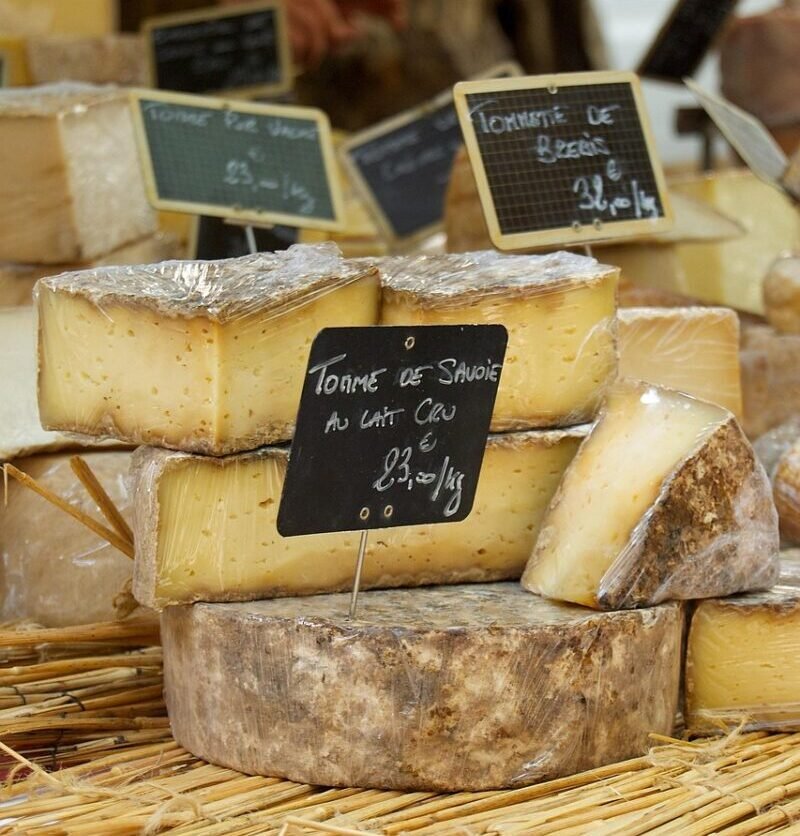Last Updated on September 26, 2025
Eurozone inflation may align with the European Central Bank’s 2% target, but food prices are climbing faster, reaching 3.2% in August. Experts warn this trend could fuel higher inflation expectations and pressure household budgets.
Food Inflation in the Eurozone: A Growing Concern
The sharp increase in eurozone food prices is raising alarms, as it could distort consumer inflation expectations, according to an analysis published on the European Central Bank (ECB) blog and cited by Bloomberg.
Economists Stress Food Prices as a Key Risk
Economists Elena Bobiţa, Gerrit Koester, and Christiana Nickel underline that the gap between food prices and overall inflation is far wider than in the past. They describe this as a “clear exception and lasting phenomenon,” disproportionately affecting low-income households and straining household budgets.
While headline inflation matches the ECB inflation target of 2%, food prices jumped 3.2% in August—making them the fastest-rising component among the categories guiding eurozone monetary policy.
Impact on Consumer Perceptions and Inflation Expectations
ECB Executive Board member Isabel Schnabel warned that rising grocery costs are accelerating again, posing “a risk to consumers’ inflation expectations.”
Because food is purchased daily, shoppers notice even small price hikes. This gives food inflation an outsized influence on consumer perceptions of inflation, which are critical to European Central Bank policy and its credibility in maintaining price stability.
Beyond Energy Costs: New Drivers of Inflation
Unlike earlier inflationary spikes dominated by energy costs, today’s pressures are being driven by higher wages and commodity price increases. These trends suggest inflationary forces could persist.
In addition, climate change and supply chain disruptions are expected to become more significant, making eurozone food prices increasingly volatile. Taken together, these challenges underscore why the ECB must closely monitor developments in the grocery sector.
Long-Term Risk: Food Inflation as a Structural Challenge
Analysts caution that food inflation in the eurozone could remain one of the most stubborn risks facing policymakers. Even if overall inflation eases, climate-related crop shortages, global commodity shifts, and supply chain disruptions could keep grocery prices elevated.
If households continue to perceive that food prices rise faster than other goods, it may undermine confidence in the ECB’s ability to ensure long-term price stability. This indicates that ECB interest rates alone may not be enough—coordinated fiscal, trade, and agricultural policies will likely be required.
ECB Calls for Patience on Interest Rates
Slovak central bank governor and ECB Governing Council member Peter Kazimir argued that policymakers have already met their inflation target and should avoid rushing into further cuts.
“We can proudly say that we’ve reached our goal. Now we must remain patient and determined, ready to act when the moment comes,” Kazimir said in Bratislava.
He stressed that during periods of constant change, it is crucial to analyze data carefully and respond flexibly when needed, ensuring that eurozone monetary policy remains effective.
Key Takeaway
The surge in food inflation in the eurozone is not just a short-term trend—it is reshaping consumer expectations and influencing the broader path of European Central Bank policy. For the ECB, balancing its interest rate strategy with structural challenges such as climate change and rising grocery costs will be vital in safeguarding price stability across the eurozone.
We at Invest Education suggest to focus on increasing your income instead of watching food prices too closely. There is nothing much you can do about the prices but you can do everything to increase your salary, get a certificate for a new skill, start a small side hustle or invest in income producing assets. This will make your economic situation a lot stable in the future and you won’t need to think about the food inflation in the Eurozone.
Featured Image by David Vives from Pixabay

